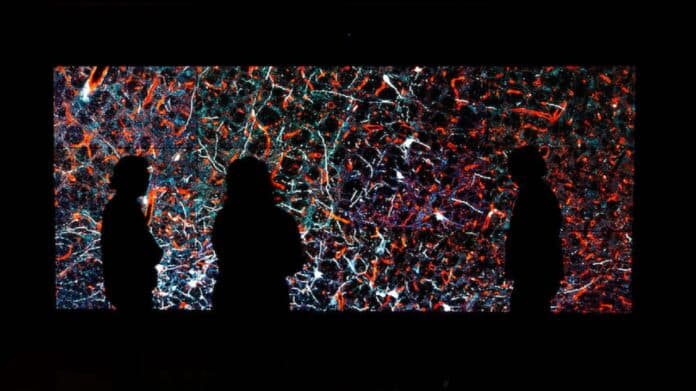Researchers at The University of Texas at El Paso have mapped brain regions activated by changes in blood sugar, offering the potential for targeted therapies for conditions like diabetes. The 13-year study, published in the Journal of Clinical Medicine, identifies specific cell populations responsive to rapid glucose fluctuations.
Dr. Arshad M. Khan and his team from UTEP, including doctoral student Geronimo Tapia, conducted a decade-long study based on previous USC research. They discovered potential glucose-sensitive cell populations in the brain and mapped their locations in an open-access brain atlas.
The findings contribute to global brain mapping and understanding of cellular responses to blood sugar in diabetic patients, according to Dr. Khan.
Researchers at UTEP have identified the brain region responsible for detecting blood sugar changes. This discovery could lead to new treatments for diabetes and other conditions that affect blood sugar levels.
Jessica Salcido Padilla, a UTEP graduate student from the Khan lab and study co-author, said, “This research is very important in our border region because there is a high prevalence of obesity and diabetes in our communities. Our goal is to identify where certain processes happen in the brain so we can develop therapies, technologies, or pharmaceuticals that help.”
The research team, led by Dr. Khan, used a new method to track blood sugar changes in the brain in real-time. They found that the locus coeruleus, a region of the brain that produces norepinephrine, is one of the first regions to respond to changes in blood sugar.
Norepinephrine is a neurotransmitter that plays a role in arousal, attention, and the body’s stress response. The researchers believe that the locus coeruleus may play a role in alerting the brain to dangerous changes in blood sugar levels.
This discovery could lead to new treatments for diabetes and other conditions that affect blood sugar levels. For example, doctors could use this information to develop new drugs that target the locus coeruleus to help people with diabetes better regulate their blood sugar levels.
Journal Reference:
- Geronimo P. Tapia,Lindsay J. Agostinelli,Sarah D. Chenausky etal. Glycemic Challenge Is Associated with the Rapid Cellular Activation of the Locus Ceruleus and Nucleus of Solitary Tract: Circumscribed Spatial Analysis of Phosphorylated MAP Kinase Immunoreactivity. Clinical Medicine. DOI: 10.3390/jcm12072483
